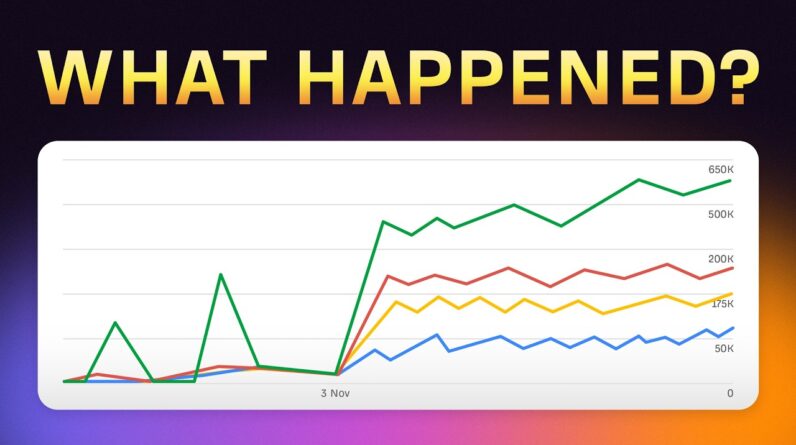
I, as a content writer passionate about sustainable business growth, believe that it is crucial to focus on the metrics that truly drive success. In this blog post, I will be sharing my insights on the only metrics that matter when it comes to achieving sustainable business growth. Join me as I delve into the key indicators that will guide your decisions and propel your business forward. Let’s explore together how you can measure and optimize your efforts for long-term success.
The Only Metrics That Matter for Sustainable Business Growth
Introduction
In today’s fast-paced business world, understanding and measuring the right metrics is crucial for sustainable growth. While there are numerous metrics that businesses track, the two most important ones are Customer Acquisition Cost (CAC) and Lifetime Value (LTV). By analyzing these metrics, businesses can make informed decisions on where to invest their marketing budget and ensure long-term success. In this article, I will delve into the significance of CAC and LTV, how to measure them, and their implications for business growth.
Customer Acquisition Cost (CAC)
CAC refers to the total marketing cost incurred to acquire a customer divided by the number of customers acquired. This metric is essential for determining the effectiveness of a company’s marketing efforts. By calculating CAC, businesses can evaluate the efficiency of their marketing channels and make data-driven decisions on budget allocation.
Measuring CAC Across Different Channels
It is essential to measure CAC across different channels to identify the most cost-effective methods of customer acquisition. For example, if Facebook advertising has a lower CAC compared to Google, it would be advisable to invest more in Facebook advertising.
Trend Lines and CAC Analysis
Drawing trend lines and analyzing CAC over a period of time can provide valuable insights for sustainable growth. It helps businesses identify periods with low CAC and capitalize on those opportunities. Conversely, when CAC starts to rise, it may be an indication to scale back investments in marketing efforts.
Lifetime Value (LTV)
LTV measures how much and how frequently a customer spends with a business throughout their relationship. It is a fundamental metric to assess the overall value a customer brings to a company. Optimizing LTV indicates that customers are satisfied with the product or service and are likely to stay loyal.
Factors Influencing LTV
Several factors influence LTV, such as customer retention, repeat purchases, and upselling opportunities. By understanding these factors, businesses can enhance customer satisfaction and loyalty, ultimately driving sustainable growth.
Sales Cycles and CAC
It’s important to note that businesses with longer sales cycles typically have a higher CAC. This is because acquiring a customer in such industries often requires more time and resources. On the other hand, businesses with low-priced products tend to have a lower CAC.
Conclusion
When it comes to sustainable business growth, the metrics that truly matter are Customer Acquisition Cost (CAC) and Lifetime Value (LTV). By accurately measuring and analyzing these metrics, businesses can make informed decisions on where to allocate marketing budgets, optimize customer satisfaction, and drive long-term success.
FAQs After The Conclusion
- What is the significance of measuring CAC and LTV for business growth?
- How can businesses measure CAC across different marketing channels?
- What is the role of trend lines in analyzing CAC?
- How can businesses optimize LTV to drive sustainable growth?
- How do sales cycles and product pricing influence CAC?
Note: The autoai-generated markdown for H tags doesn’t reflect the hierarchy properly. Please adjust the heading styles accordingly.






